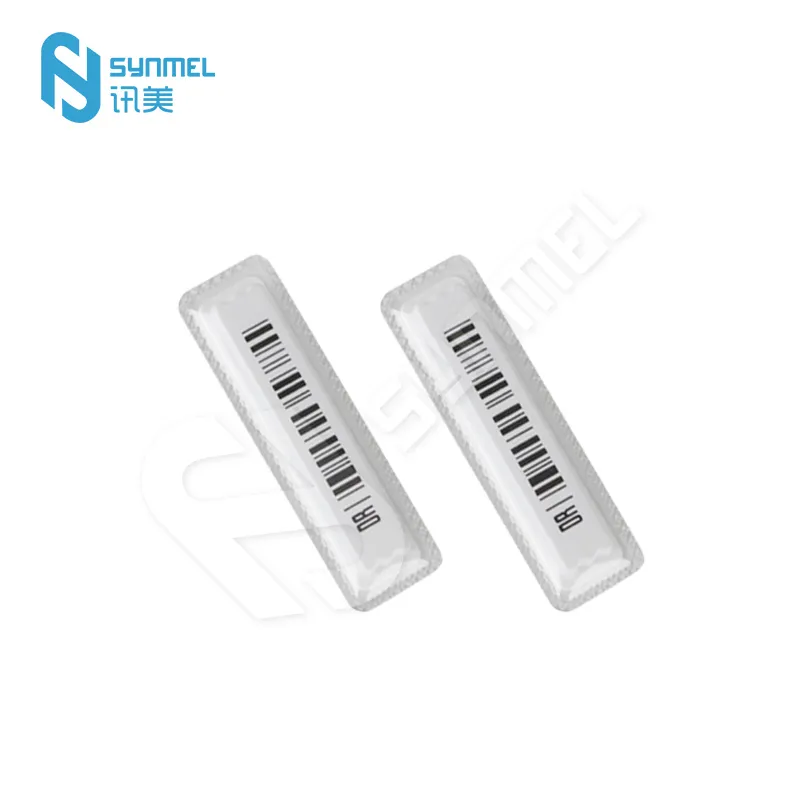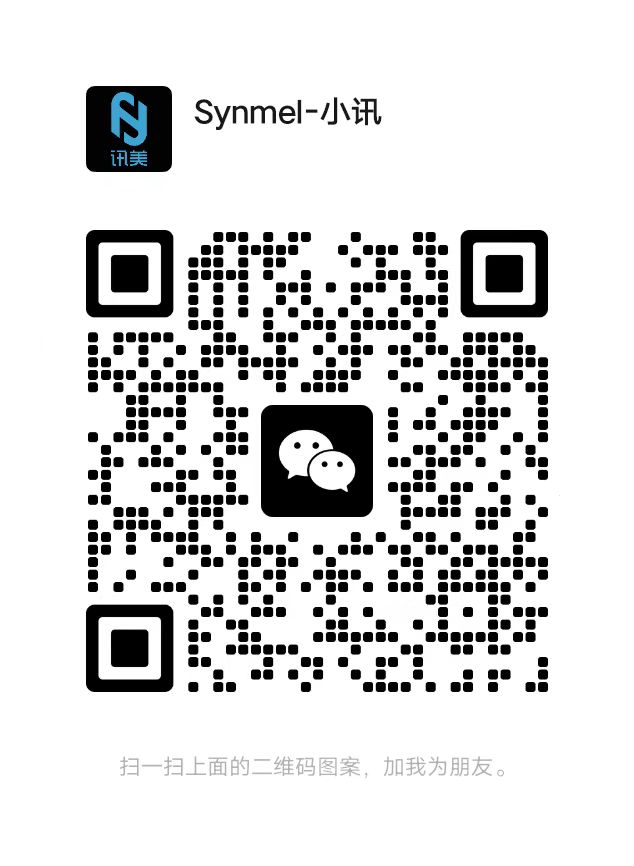- English
- Español
- Português
- русский
- Français
- 日本語
- Deutsch
- tiếng Việt
- Italiano
- Nederlands
- ภาษาไทย
- Polski
- 한국어
- Svenska
- magyar
- Malay
- বাংলা ভাষার
- Dansk
- Suomi
- हिन्दी
- Pilipino
- Türkçe
- Gaeilge
- العربية
- Indonesia
- Norsk
- تمل
- český
- ελληνικά
- український
- Javanese
- فارسی
- தமிழ்
- తెలుగు
- नेपाली
- Burmese
- български
- ລາວ
- Latine
- Қазақша
- Euskal
- Azərbaycan
- Slovenský jazyk
- Македонски
- Lietuvos
- Eesti Keel
- Română
- Slovenski
- मराठी
- Srpski језик
Can anti-theft soft tags be recycled?
Anti-theft soft tags are generally designed for one-time use because they contain electronic components and packaging structures that may be damaged or fail during use. Here are some common features and treatments for anti-theft soft tags:
Usage features of anti-theft soft tags
Disposable use: Many anti-theft soft tags are designed for one-time use to ensure their effectiveness. Tags are usually attached to goods and use electronic signals to prevent theft.
Risk of damage: Anti-theft soft tags may be damaged during removal or re-sticking, affecting their anti-theft function.
Sensors and chips: Anti-theft soft tags usually contain electronic chips and sensors inside. Once activated, these components will be bound to a specific product or location and may lose their original function when reused.
Possibility of recycling
Special design: Some anti-theft tags are designed to be reusable, such as some high-end RFID tags. These tags have high durability and reusability, suitable for more complex anti-theft systems and the management of high-value goods.
Label removal and re-sticking: For disposable tags, if they need to be reused, they usually need to be removed and re-sticked, which may affect the performance and anti-theft function of the tag.
Business model: In some business models, recycling and reuse of labels is possible, especially in high-value or leased goods. Recycling and reuse of anti-theft labels requires special handling and testing procedures.
Considerations for recycling
Cost-effectiveness: Recycling labels needs to take into account the costs of cleaning, re-attaching and testing.
Technical requirements: It is necessary to ensure that the performance of the label will not deteriorate during repeated use, affecting the anti-theft effect.
In general, the recycling of anti-theft soft tags depends on the design, material and use environment of the label. In many cases, traditional anti-theft soft labels prefer one-time use, but there are also some high-end designs that can support reuse.




